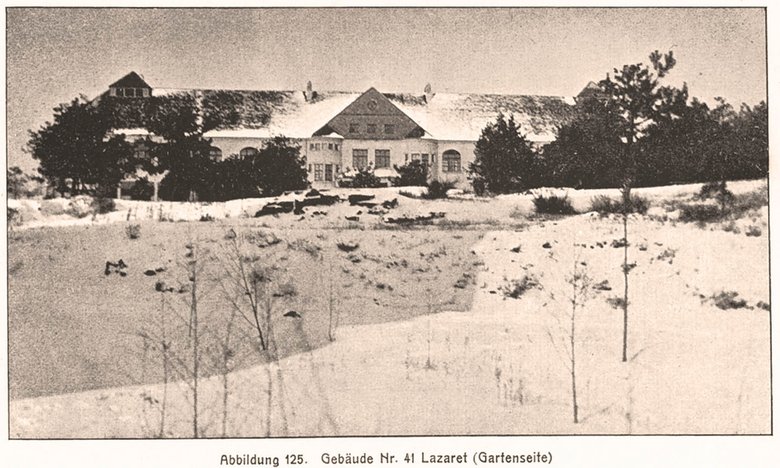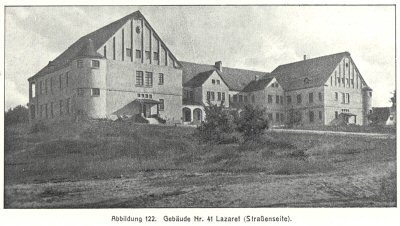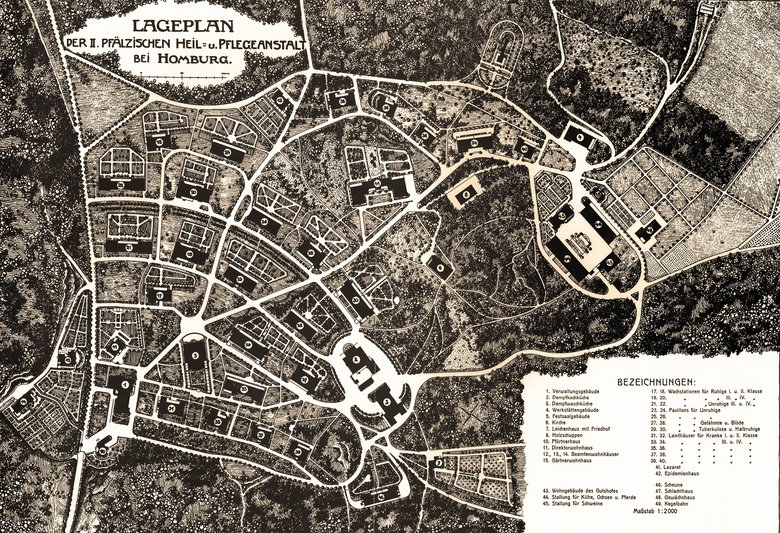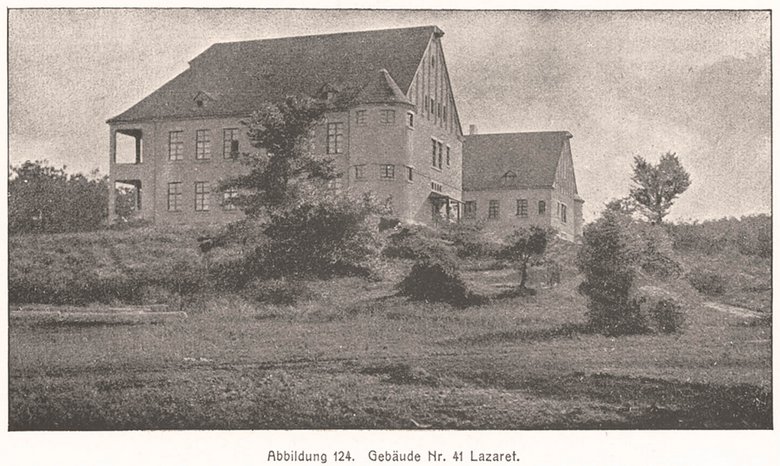History of Thoracic and Cardiovascular Surgery in Homburg/Saar
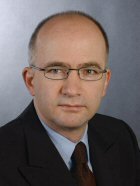
In October 1995 he was succeeded by Prof. Dr. Hans-Joachim Schäfers Within the existing structure, an 8 bed intermediate care unit was opened. In 2001 a third operating room became available. The surgical activities continued to rise, an in recent years have totaled around 1,700 procedures. Thoracic surgery has been one of the cornerstones of the department since the founding era and still is even after 30 years. Today parenchyma-sparing resections have become routine to reduce the patient morbidity and improve quality of life. Multimodal therapy of bronchial cancer has been firmly established. In 1995 an active lung transplant program was started, also a program of pulmonary endarterectomy for thromboembolic pulmonary hypertension. Lung volume reduction for advanced emphysema was introduced in cooperation with the Washington University. Cardiac surgery now includes the full spectrum of palliative and corrective procedures for congenital cardiac defects. Most defects are currently corrected in infancy. Heart transplantation was started in 1995 and soon complemented by an active heart failure surgery program. Specific approaches were developed for heart failure-related mitral regurgitation in cooperation with Stanford University. A particular focus has been reconstruction of the aortic valve. New techniques have been developed and refined. Many international visitors come to see and benefit from the specific experience we have accumulated. Aortic surgery has become an important component of our spectrum, not only for ascending aorta and arch, but also the descending and thoracoabdominal aorta. Coronary surgery has remained an important part of our practice. The concept of complete arterial revascularization has been advanced into daily routine.
The Department of Thoracic and Cardiovascular Surgery can look to more than 40 years of dynamic growth. Both cardiac and thoracic surgery have advanced to a high level. The combination of innovation and high quality of care has led to increasing referrals from other region, all of Germany, and beyond. An increasing number of foreign colleagues have come to Homburg on visits or through international training courses to learn the latest developments in specialty areas. This successful development would not be possible without the close and valuable cooperation with clinical partners, especially in cardiology, pulmonology and pediatric cardiology. Together we will face future challenges.
Prof. Dr. med. H.-J. Schäfers, 23.03.2022


